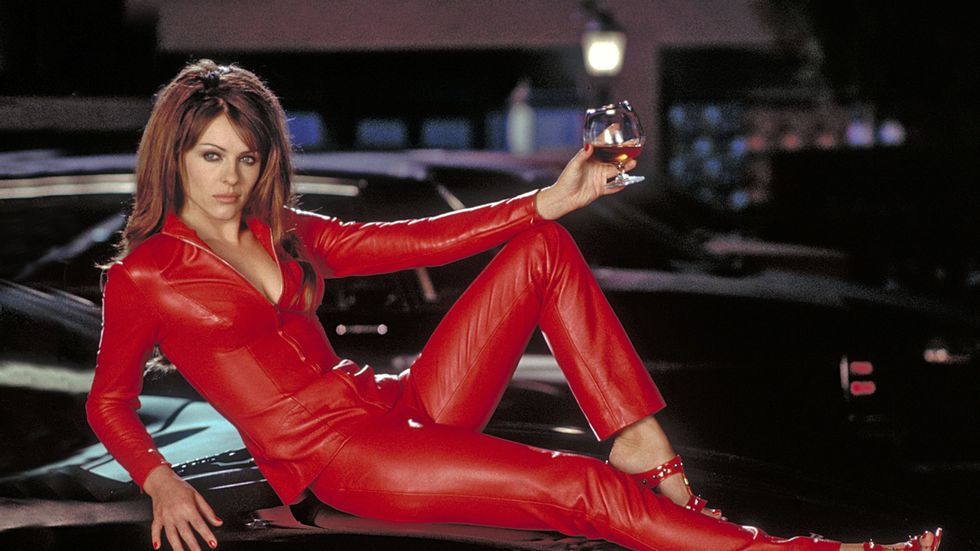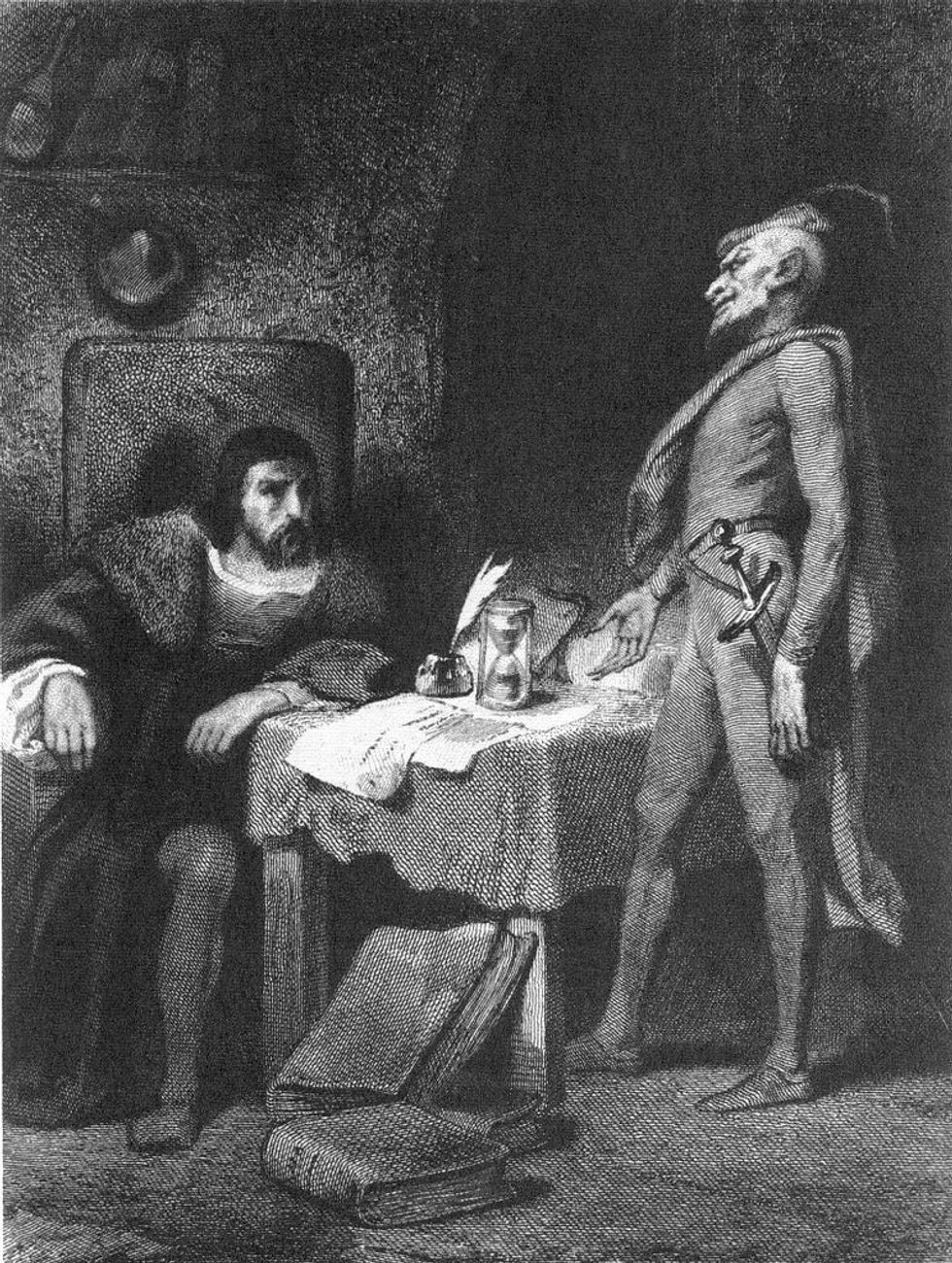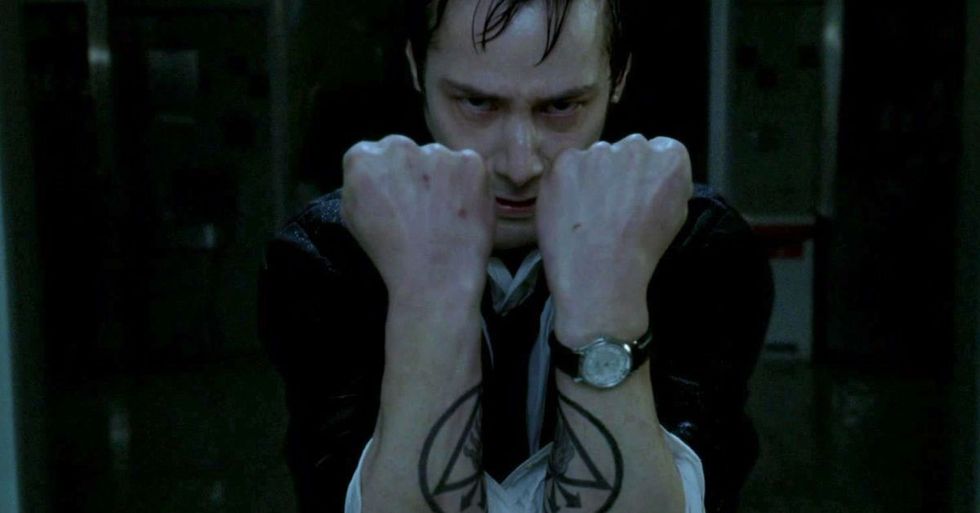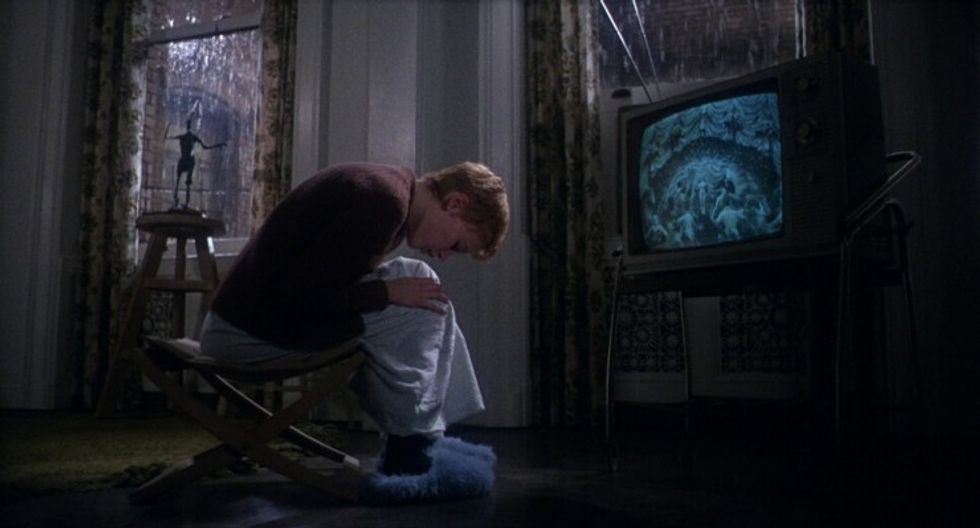Sundance Filmmakers Reveal How They Overcame Obstacles
Creating resonating films is rarely easy.
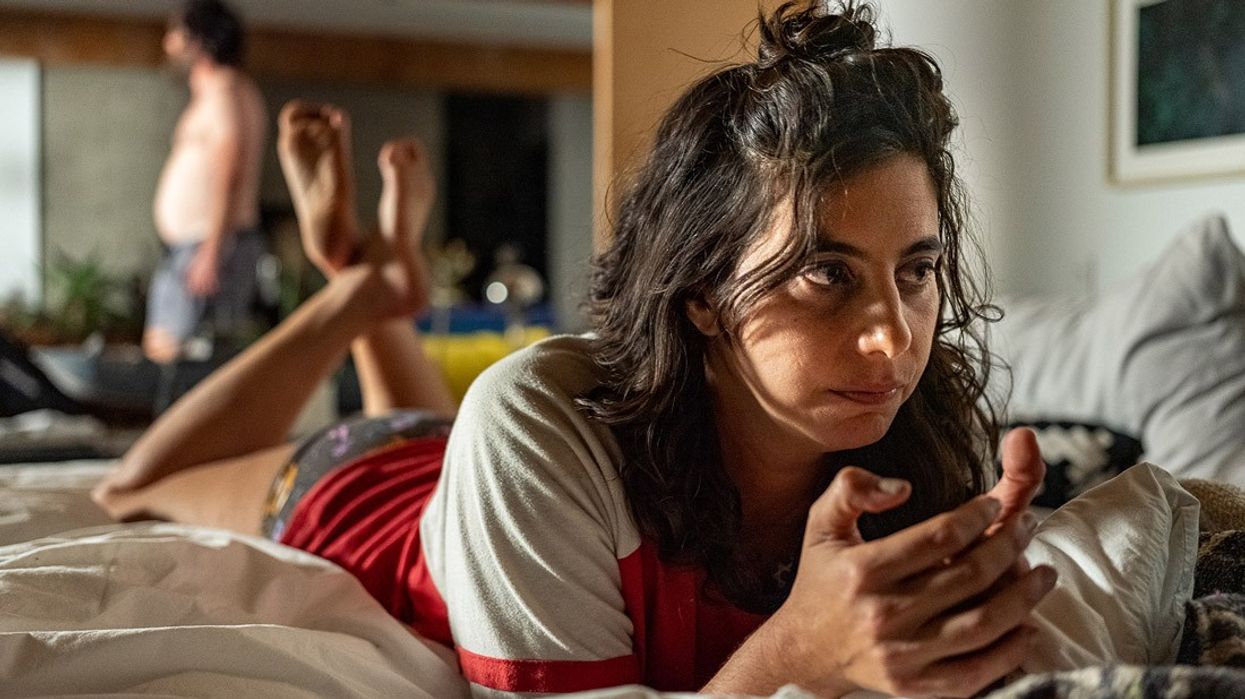
We've all found ourselves in an unlucky situation from time to time on a production. Whether it's an oversight during prep or you flat out forgot your call time. (Friendly reminder: always check the schedule and set an alarm before you start your car and drive home.) Sundance filmmakers are no different.
Here, twelve storytellers share the hurdles they overcame.
Guerilla Filmmaking
Levan Akin, And Then We Danced
Many challenges were due to the secretive nature of making an LGBT film in an environment that’s not open to it. We had to make up a false story of what we were shooting. Later in production, as it inevitably spread what we were shooting, we had bodyguards on set. It was a very neo-realist way of working since we shot everything in existing locations with many amateurs.
#METOO Contention
Ron Cicero/Kimo Easterwood, Happy Happy Joy Joy
Our initial film, celebrating the 90’s cartoon series Ren & Stimpy, was upended when the show’s creator, John Kricfalusi, a.k.a. John K, was outted in the #MeToo movement. The news came to light the day we were finalizing our end credits on Happy Happy Joy Joy 1.0--after almost 2 years of production and post.
Needless to say, this surprising but long over-due reckoning forced us to broaden our focus. After a few days--weeks, really--of panic gave way, we secured interviews with John K and his accuser, Robyn Byrd, along with additional sit-downs with artist Chris Reccardi and ex-Nickelodeon executive Vanessa Coffey. It took another six to eight months of stripping apart the first film to land at Happy Happy Joy Joy 2.0.
Large Casts
Dylan Holmes Williams, The Devil’s Harmony
Our short film had a huge cast. There were 20 named characters in the script and then about 40 extras on some of the shoot days. With a 30-strong crew, that meant we sometimes had about 90 people on set. That was a real organizational challenge - in terms of everything from feeding people, making sure they were aware of what was going on and staying sane.
Creating Something From Nothing
Matt McCormick, The Deepest Hole
chronicles the little-known history of the United States and Soviet Union’s Cold-War race to see which country could dig the deepest hole, and how that effort indirectly inspired one of the earliest examples of “fake news” going viral on the internet. A number of things made this project challenging- the greatest of which was the simple fact that it's a documentary about something that didn't actually happen- so footage of said event, or witnesses of the event- simply don't exist.
Harnessing Logistics
Charlie Tyrell, Broken Orchestra
We're located in Toronto and our subjects were all in Philadelphia and NYC. We knew that the best we'd be able to manage in Philly was to shoot interviews as the event had already happened. We took the interview footage back to Toronto, edited it and then decided to format it into the one-take Steadicam-shot through a high school. All of the TVs are playing back the interview clips live so there's no compositing.
Double Coverage
Bill Benz, The Nowhere Inn
Time is always the number one production challenge, so we managed to compound that problem by shooting the movie in multiple formats. If we had a scene that needed to be shown from the perspective of the documentary and the larger omniscient film simultaneously, we would end up covering it twice over.
Single Takes
Zach Kuperstein, The Climb
The primary challenge with this film was nailing the perfect oner. Each scene is shot as a single take, so we had to rehearse extensively and often shoot 30 takes of a scene to ensure that we had a few good ones in the can. Aside from the technical challenges of keeping everything functionally tight for the 10 minutes we were rolling, keeping the shot visually interesting was always on my mind. We had to make it feel like we were getting all the coverage you would want, but without cutting. Often, this was in the blocking, and small adjustments in framing; all while keeping equipment and crew out of frame just barely.
The Most Important Budget Line
Emily Wilson, Danny’s Girl
The film was self-financed and we spent more than we initially intended. That being said, we didn't skimp on paying and feeding our crew. It does pay off.
Finding Financing
Jessie Kahnweiler, He’s the One
After writing the feature script I spent a year pitching the film to financiers. Everyone told me the script was hilarious and heartbreaking and way too provocative to finance. Thankfully I had just made some money writing for television and decided to shoot a short as a proof of concept. Everyone told me to NEVER spend my own money on my work. But I just couldn't live without making this film. We shot the film in one day, edited it in two weeks and sent it to Sundance. Sure glad I didn't listen to everyone.
Checking Dailies
Kenny Suleimanagich, Three Deaths
Shooting on 35mm was a challenge on its own, especially because personnel and equipment are less readily available. Midway through our second day, we had a scare where we had thought our camera was scratching film. We finished our day and dropped off at Kodak Lab New York requesting to see our dailies developed first. By lunch the next day, the lab called and told me that only one take of one shot from the entire day had a visible scratch, much to our relief.
Considering Disabilities
Nicole Newnham/Jim LeBrecht, Crip Camp
Accessibility. On every shoot, we had a director and subjects who used wheelchairs. So travel, schedule, accessibility planning was a huge part of our production process; the chance that an airline might damage a wheelchair or that an accessible cab might not be available had to be planned around and budgeted for. Even in post, making sure screening rooms were accessible and that test screenings of the film could be made accessible for people with different disabilities to screen and review.
Inclement Weather
Alexandre Dostie, I'll End Up in Jail
Main challenge was winter... But three days before shooting it was supposed to be an autumn film! We had to deal with -26 Celsius weather, 3 feet of snow and even some ice rain at some point. Locals said it was the coldest month of November in the region for the past 35 years. It was a pretty crazy turn over to say the least. We even had to change costume so actors wouldn't freeze.
Have you run into challenges on a production? Let us know the fix in the comments below.
For more, see our ongoing list of coverage of the 2020 Sundance Film Festival.
No Film School's podcast and editorial coverage of the 2020 Sundance Film Festival is sponsored by RODE Microphones and SmallHD.














